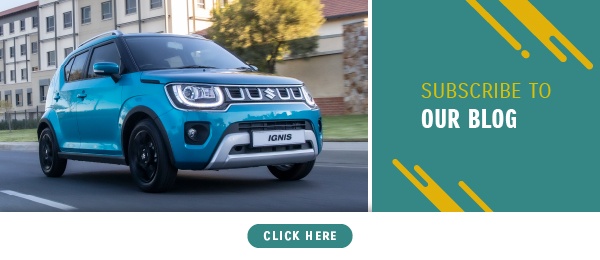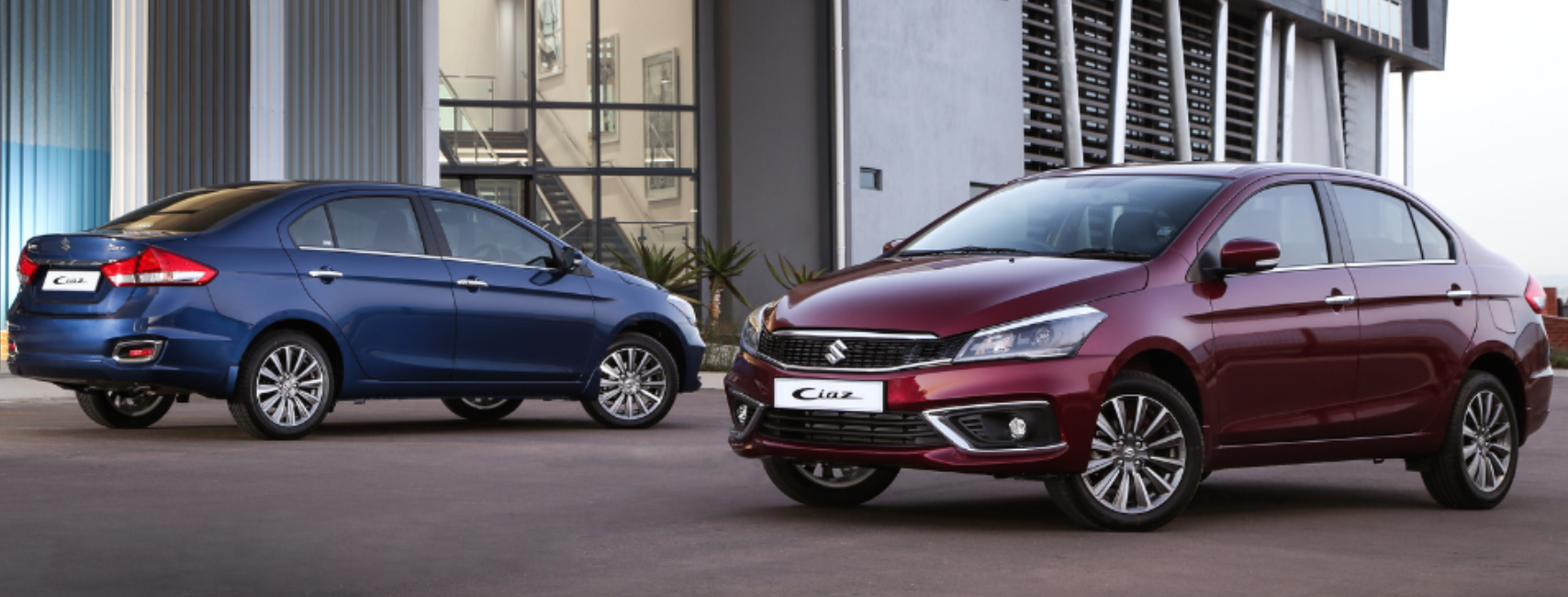Cars, like kittens or puppies, have a way of worming their way in our hearts, making the decision to sell or trade-in both difficult and emotional – with the latter often leading to the wrong decision.
While there are no hard and fast rules about when to trade in your car, it needs to be a considered decision – perhaps your family has grown in size and you need a bigger vehicle or you are travelling longer distances and need something a step up from an urban runabout.While there are no hard and fast rules about when to trade in your car, it needs to be a considered decision – perhaps your family has grown in size and you need a bigger vehicle or you are travelling longer distances and need something a step up from an urban runabout.
While there are no hard and fast rules about when to trade in your car, it needs to be a considered decision – perhaps your family has grown in size and you need a bigger vehicle or you are travelling longer distances and need something a step up from an urban runabout.
The price you could be offered by your dealer will depend largely on the age, mileage, and condition of the car you are trading in – a pristine car will always get more than one with small nicks and dents as the dealer does not have to foot the bill for repairs before putting it on the showroom floor.
If you bought your car brand new, a good time to trade it in would be a few months before the Service Plan and/or Warranty expires and with the mileage under the 100 000 kilometre mark.
However, the onus is on you to ensure you get the best possible value for your car.
Before offering the car for trade-in you should:
- Thoroughly clean the car. Both the exterior and interior should be cleaned properly. You can do this yourself or take it for full valet service. Be sure to remove any personal items or papers not relating to the car.
- Fix the small issues. Give a car a comprehensive check to see all lights are working, including the interior dome light, and replace these where necessary. Also, check all fluid levels (washer fluid, coolant, brake fluid, etc.) and ensure they are topped off. Perform simple maintenance and cheap cosmetic fixes (like fixing scratches), but remember that you do not want to spend so much money that you end up losing money on the trade. If there is more serious work, disclose this to the dealer, but rather let them do the repair as they can do that for a lot less than you.
- Important documents. You need to have all the documents relevant to the car including the service history and logbook.
- The extras. Take any extras with you such as the spare keys and any accessory items such as the CD or DVD if the navigation system had those included. These small things can and do affect the value of the car and what the dealer might be prepared to offer.
Other factors may also come into play in making the decision to trade your car in. Perhaps your current car is becoming a bottomless pit when it comes to expenditure on repairs so a trade-in and purchasing of a new (or newer) car will drastically reduce those repair costs (or eliminate them if there is a Service Plan).
Sometimes unexpected things happen in our lives – such as the Covid-19 pandemic – that can affect our financial well-being, and we cannot afford car premiums, insurance premiums and the like. This can also be a good time to trade in your vehicle if it costs you less on installments, and possibly also bring your insurance premium down. This could also make it more affordable every month and less of a burden.
No matter how well you look after your car, it must be remembered it is a depreciating asset and that means the longer you keep it and the more kilometres you travel the greater the depreciation. This is not a fixed percentage and the condition of the car, as well as market demand for that model will also play a role.
The dealer will still have to service the car, have it cleaned and fix any small problems before it can go up for sale and will factor these costs plus a reasonable profit into any trade-in offer.
If you elect to sell your car privately you may get more money but, this also comes with a bit more hassle and safety risks such as hijacking or car theft. You have to field phone calls, do test drives with complete strangers and may be the victim of scams such as a fake proof of payment. You will have to take care of any repairs yourself, have roadworthy tests done and process forms such as the change of ownership.
The dealer may offer you a ‘Trade-in Price’ that is simply how much they are prepared to pay and this will be based on the condition of your car, mileage and how popular that model is in the market. The dealer may also talk about the ‘Book Value’, which is an industry-accepted dealer valuation guide.
For a small fee (R10) you can access this TransUnion guide to get this valuation on your car.
It is vital that your car has a perfect service record and the service book is correctly filled in and stamped. It is also useful if you have all the relevant cash slips for purchases such as new tyres or any repairs work not covered by the Service Plan.
As much as you carefully consider what new car to buy, applying the same consideration to the one you plan to trade-in will go a long way to improving what you are offered.
Subscribe to our blog and get all our exciting content delivered to you either weekly or monthly.



.png)